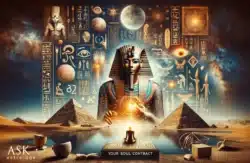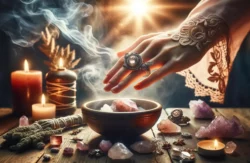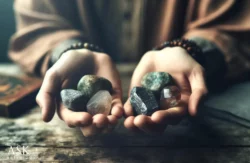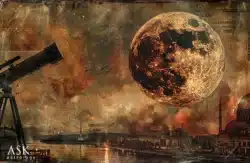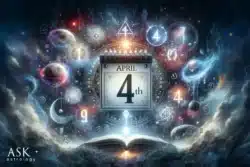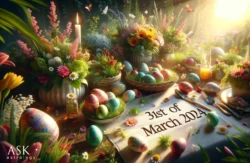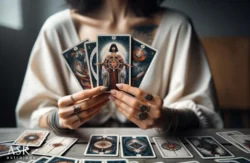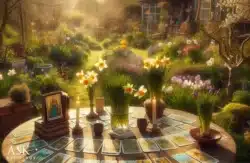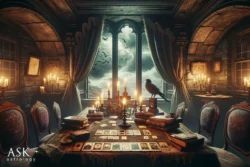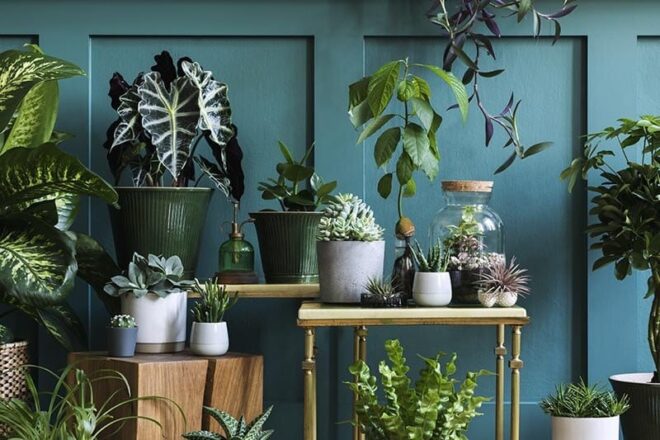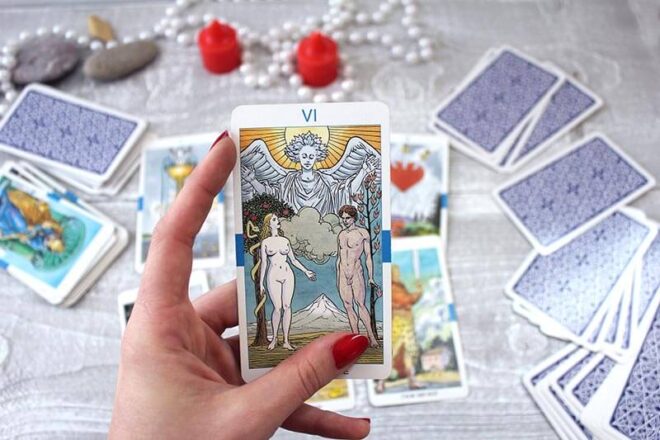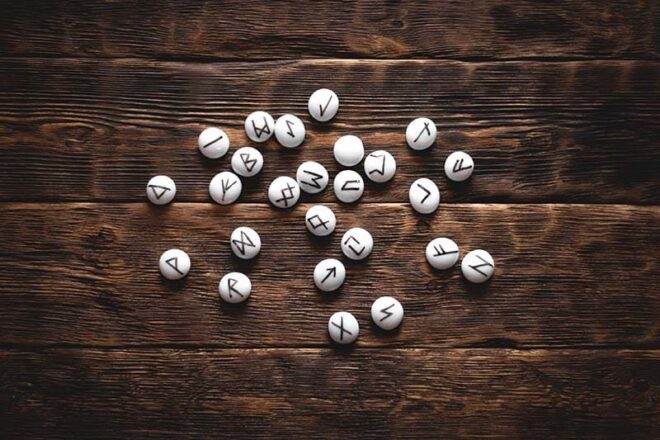Learning to read tarot cards can be a challenging experience, particularly when you’re first starting out. All the different terminology, the many ways you can interpret just one card, and the various spreads or approaches you can use, can make the whole process seem confusing. A simple place to start is by developing an understanding of the two basics card types: the major and minor arcana.
In this article, we’re going to break down the importance of each of these card groups. We’ll look at why they are divided, what the differences between them are, and we’ll even explore which cards you can expect to find in each of the groups. So, what’s your arcana card? Is it a major card or a minor card? Let’s find out!
Major Arcana vs. Minor Arcana
Before we can explore the major and minor arcana cards in detail, we must consider each group and what it represents. Any standard tarot card deck contains 78 cards. All these cards can be considered either a major card or a minor card. No card is both and no card is neither. The major and minor arcana cards differ in one very straightforward way: the minor cards are almost identical to any standard deck of playing cards (at least in terms of how they are divided up) and there are 56 in total.
Next after this publicity
In comparison, the major arcana cards, which consists of 22 face cards, are unique from one another, with no two cards being the same “type” or representing a similar image or group. For example, the minor cards contain suits: Wands, Cups, Swords, and Pentacles. Each of these suits follows the same basic pattern as standard playing cards by having an ace, the numbers 2-10, and then four royalty cards (as opposed to the three you would find with playing cards). These are the Paige, Knight, Queen, and King.
Understanding the Difference
Before we explore the two types of arcana cards individually and in more depth, it’s important that we grasp the underlying difference between these two groups of cards. Before I explain this difference, you should note that one group isn’t necessarily more important than the other, however, the idea of major and minor arcana cards is reflective of their role within the deck and within our lives.
Where the major arcana cards represent events in our life that can make the difference between us choosing one path or another. Each card can be viewed as representing a certain aspect or archetype for our life. The major arcana cards are a little more complicated than I’m suggesting here, but just to give you an example, you could view the Lovers card as representing love while the Devil card may represent obsession or temptation.
The minor cards, on the other hand, reflect smaller, more day-to-day changes within our lives. They make up the finer details of any tarot card reading. So, while the major cards may be viewed as the tree, the minor cards are the roots and veins that exist within, helping to guide. Now that we have a basic grasp of the differences between the major and minor cards, we can look at each in more detail.
Major Arcana Cards
The major tarot cards consist of 22 face cards, each numbered from 0 to 21. This includes The Fool (0), The Magician (1), The High Priestess (2), The Empress (3), The Emperor (4), The Hierophant (5), The Lovers (6), The Chariot (7), Strength (8), The Hermit (9), Wheel of Fortune (10), Justice (11), The Hanged Man (12), Death (13), Temperance (14), The Devil (15), The Tower (16), The Star (17), The Moon (18), The Sun (19), Judgement (20), and The World (21).
These cards are reflective of our journey. This could be our life’s journey or our soul’s journey or something else entirely. In simple terms, the major cards represent a more long-term view of your life, fate, or destiny. They allow us to peer deep within ourselves, beyond the conscious mind and our surface personality, in order to find answers that are hidden away, deep inside.
Depending on the questions being asked, these cards can indicate major life changes but also opportunities that can lead to larger rewards or more devasting consequences. These cards can also help guide us towards higher learning and higher states of consciousness, provided we’re willing to take their advice into consideration.
Minor Arcana Cards
As we continue comparing the major and minor arcana cards, we need to look at the smaller processes and influences offered by the minor cards. As we’ve already mentioned, these cards come in four suits (Swords, Cups, Pentacles, and Wands) with each suit containing the same cards (ace, 2-10, Paige, Knight, Queen, and King). These cards don’t represent wholly positive or negative outcomes or interferences, but they do highlight moments that could help or hinder our progress, all be it in a minor fashion.
You can consider each minor card to represent a tiny aspect of our personalities. Within certain situations, they can reflect how we will behave, act, think, or feel. We get a better grasp of this when we look at the meaning of each suit, as each represents a different aspect of life. The Wands cards reflect our passions in life, such as family, career, or hobbies. The Swords cards are connected to our thoughts and the words we choose to use to express them. The Cups cards are emotional cards that can reflect our reactions to certain situations or emotional traps we may find ourselves in. Pentacles cards are indicative of our financial situation and any positive or negative aspects within that area.
On top of that, each card within a suit is slightly different. If we Cups cards as an example, we can look at the difference between the 2 of Cups and the 3 of Cups. The 2 of Cups can represent stability, peace, and love, particularly between two people. The 3 of Cups, on the other hand, suggests that you should trust your heart. Hopefully, this helps with your understanding of the tarot minor arcana cards.





























